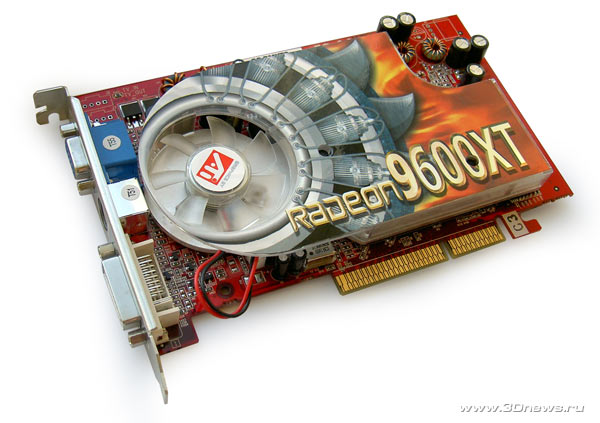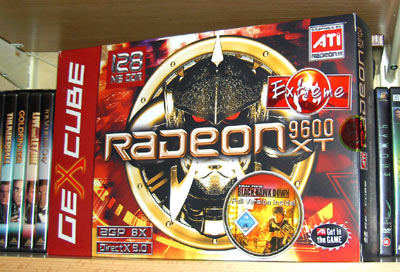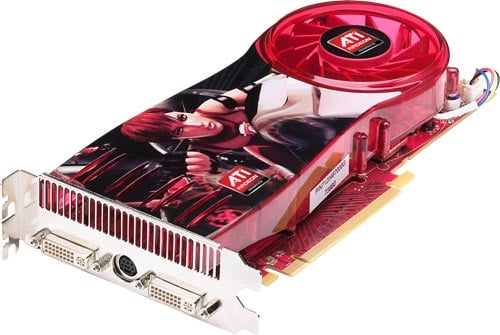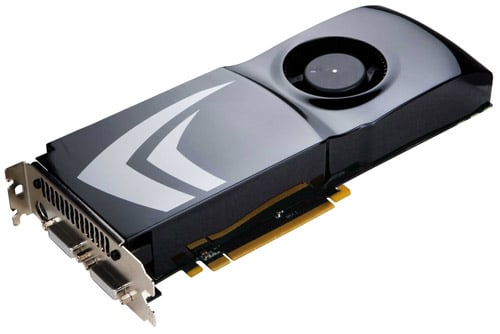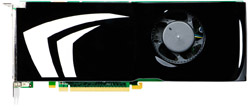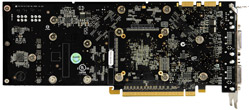 A Los Angeles District Court rocked the e-discovery world last month by holding, for the first time, that the contents of a computer’s Random Access Memory (”RAM”) memory are discoverable. Columbia Pictures Industries v. Bunnell. The Order dated May 29, 2007, by Magistrate Judge Jacqueline Chooljian was entered in a copyright infringement case against the owners of the popular media search-engine web, TorrentSpy. The order has been highly criticized by computer experts and e-discovery lawyers alike for greatly expanding the legal duty to preserve and produce electronic data to the most elusive and transitory of information, that held only in a computer’s RAM chips.
A Los Angeles District Court rocked the e-discovery world last month by holding, for the first time, that the contents of a computer’s Random Access Memory (”RAM”) memory are discoverable. Columbia Pictures Industries v. Bunnell. The Order dated May 29, 2007, by Magistrate Judge Jacqueline Chooljian was entered in a copyright infringement case against the owners of the popular media search-engine web, TorrentSpy. The order has been highly criticized by computer experts and e-discovery lawyers alike for greatly expanding the legal duty to preserve and produce electronic data to the most elusive and transitory of information, that held only in a computer’s RAM chips.
Many contend that this a rogue decision, and if not reversed on appeal could force companies and individuals to store and produce vast amounts of data that would otherwise exist only temporarily on their computer’s RAM hardware. Ken Withers, director of The Sedona Conference, was quoted by CNET News as stating that he feared the judge’s decision may mean a “tremendous expansion” of the scope of discovery in civil litigation, creating yet another what he calls “weapon of mass discovery.” By this,he means a discovery burden that could be tremendously expensive to meet, and thus could be exploited by plaintiffs and defendants alike to force the settlement of a dispute to avoid that expense.
Commentators all seem to agree that in most circumstances, if not all, it would be prohibitively burdensome for a person or company to try to preserve and produce the transitory contents of computer memory. The burdensomeness would derive not only from the expense, but also from the disruptive actions required to comply.
Moreover, many contend that an order requiring the production of RAM data necessarily requires a party to create computer records where none before existed. This goes against a fundamental legal precept that a party is only required to produce documents and electronically stored information that have already been created and stored. A party to litigation is never required to generate and create new documents and information so as to satisfy the curiosity of the opposing party. As Ken Withers stated in the CNET article:
There’s never been a requirement that (defendants) must create documents that they wouldn’t ordinarily maintain for the purpose of satisfying some (plaintiff’s) discovery requests.
Judge Chooljian considered this argument, but rejected it, because in her view, the information already existed in RAM. She concluded that the defendants were not required to create new data, they were just required to transfer it to permanent form and preserve it.
Withers and others think the order is ill conceived in part because it is based on a misunderstanding of technology and computer memory. Computer memory RAM files are temporary files that are created by the computer for operational efficiency. Computer memory like this is by nature information designed only for very temporary storage in the memory chips of a computer. It is quickly overwritten and is always purged - literally disappears - when a computer is turned off. (Unpowered RAM memory chips contain no information of any kind.) The same CNET News article also quotes Dean McCarron, principle analyst at Mercury Research, as saying:
RAM is the working storage of a computer and designed to be impermanent. Potentially your RAM is being modified up to several billions of times a second. The judge’s order simply reveals to me a lack of technical understanding.
In short, RAM memory is temporary and transitory, and leaves no trace or record. Still, a computer system can be designed so that information temporarily stored in RAM is copied onto a hard drive or flash memory storage where it then becomes fixed.
Before this decision, most e-discovery attorneys I know thought that only information fixed on a storage device, such as a hard drive, flash memory or Read Only Memory (ROM) (which are permanent), CD, DVD, etc., would be considered “stored” and thus discoverable under the new Rules as “Electronically Stored Information”. See, e.g., Rule 34 and commentary in the Page 34 at the top of the Blog. This decision broadens the meaning of “stored” to include the temporary holding of information in a volatile memory chip.
The opinion concedes that computer RAM memory has never previously been adjudicated to be Electronically Stored Information (”ESI”) under new Rule 34. For that reason, Judge Chooljian declined to impose sanctions on defendants for failing to preserve and produce the RAM ESI in the past, but she did order its preservation and production going forward. Although the opinion concedes it is a case of first impression for construction of Rule 34, Judge Chooljian argues that her conclusion is compelled by the unique circumstances of this case and prior Ninth Circuit law, primarily MAI Systems Corp. v. Peak Computer, Inc., 991 F.2d 511, 518-519 (9th Cir. 1993). The MAI Systems case is well known for its holding that the copying of software into RAM memory is equivalent to “affixing” it in a tangible medium for purposes of copyright law, where ”fixed” is a term of art. Judge Chooljian reasoned that if information in RAM was sufficiently fixed to constitute a copyright infringement, then it was sufficiently fixed for purposes of discoverability as electronically stored information.
In this case, the RAM memory at issue was the information stored for up to six hours, but no longer, on the webserver for the TorrentSpy web, as to what web-pages were downloaded, when, by whom, and other similar information. That is called a webserver log. For this particular kind of RAM data, it is not technically difficult to set up a webserver so that the log is transferred from RAM to a permanently stored file on the hard drive. Many webs are set up to do this. These website owners want to keep track of who visits their site, which pages are the most popular, etc.
But TorrentSpy did not set up their system that way. They did not want to have any tracking information on their users, and in fact they put this privacy guaranty in their user agreement. The Plaintiffs in this case, Columbia Pictures Industries, et al., were frustrated by the fact that the defendants did not know who its users were, and in fact did not want to know. Plaintiffs claimed that TorrentSpy’s users were illegally downloading their copyrighted materials - their movies, music and television shows - based on information they obtained from TorrentSpy’s web. Plaintiffs claimed that TorrentSpy set up their computer systems with RAM anonymity on purpose in order to encourage their users to steal plaintiffs’ copyrighted materials without fear of being caught.
Note that the plaintiffs do not claim that their copyrighted materials are stored on TorrentSpy’s web, and do not claim that TorrentSpy’s users downloaded the files from TorrentSpy. It appears to be undisputed that TorrentSpy “only” provides information as to where these materials are located, usually on the computers of individuals located around the world. Plaintiffs sued the TorrentSpy web owners, and not the individuals who illegally downloaded the files or the individuals who supplied the files (for free), based on theories of vicarious copyright infringement, contributory infringement, and inducement.
Here, in my view, is where an old legal axiom comes in: “bad facts make bad law.” The facts in this case are unusual. The judge was convinced that the webserver logs were essential to the plaintiffs’ case. This much is certain, and this is a highly unusual situation. Moreover, the tone of the opinion suggests that the judge thinks the plaintiffs are likely to prevail if they obtain these logs, that it will enable them to prove their infringement conspiracy theories. The plaintiffs have successfully argued that defendants were hiding this crucial evidence in their RAM, and that this was an essential part of their conspiracy to steal their intellectual property.
Further, the defendants were, according to Judge Chooljian, unable to demonstrate that it would be “unduly burdensome” for them to transfer all of the webserver logs on an ongoing basis from RAM to hard drive, and thereafter to preserve and produce this evidence. The court was referring to the burden of proof placed on a party opposing discovery under new Rule 26(b)(2)(B). Under this rule, ESI is not discoverable if the party opposing discovery can show that it is “not reasonably accessible because of undue burden or cost.” Personally, I am surprised defendants could not prove undue burden or costs. If they had, then under Rule 26(b)(2)(B) the burden of proof would have shifted to the plaintiffs to provide good cause that the “not reasonably accessible” information be produced anyway. Apparently defendants failed because the court went entirely with the plaintiffs’ expert, and rejected defendants’ contrary testimony. This certainly shows the importance of credible experts, especially in a case like this.
Judge Chooljian appears to recognize that her decision would be controversial, and took some pains to note that it was not intended to serve as precedent for the routine discovery of computer memory in other cases. Her position is explained in footnote 31, at page 31 of the 35-page opinion:
The court emphasizes that its ruling should not be read to require litigants in all cases to preserve and produce electronically stored information that is temporarily stored only in RAM. The court’s decision in this case to require the rentention and production of data which otherwise would be temporarily stored only in RAM, is based in significant part on the nature of this case, the key and potentially dispositive nature of the Server Log Data which would otherwise be unavailable, and defendants’ failure to provide what this court views as credible evidence of undue burden and cost.
I do appreciate this footnote.
POSTSCRIPT: The Magistrate’s discovery ruling was appealed and later approved by the district court judge. See: Order Denying Defendants’ Motion For Review dated Aug. 24, 2007, Columbia Pictures Industries v. Bunnell, 245 F.R.D. 443 (C.D. Cal. 2007).


































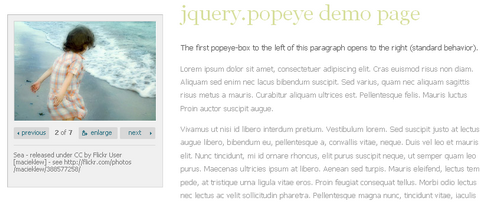


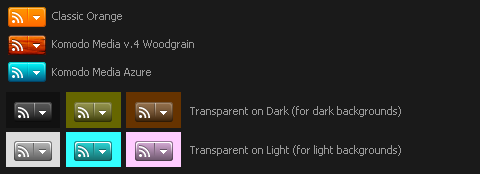


 A Los Angeles District Court rocked the e-discovery world last month by holding, for the first time, that the contents of a computer’s Random Access Memory (”RAM”) memory are discoverable.
A Los Angeles District Court rocked the e-discovery world last month by holding, for the first time, that the contents of a computer’s Random Access Memory (”RAM”) memory are discoverable. 

